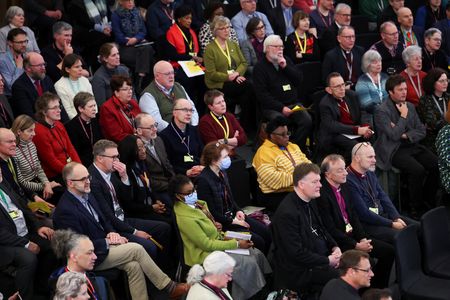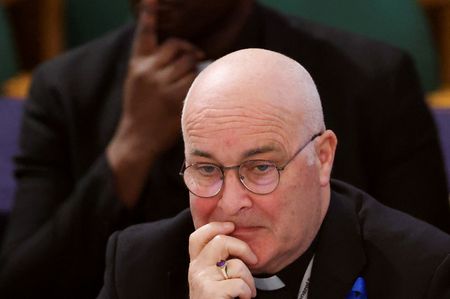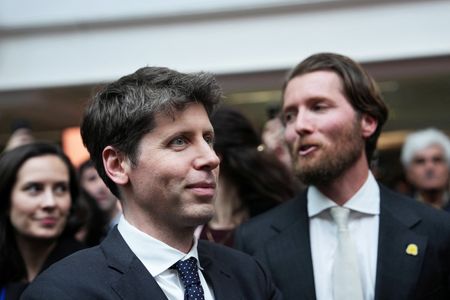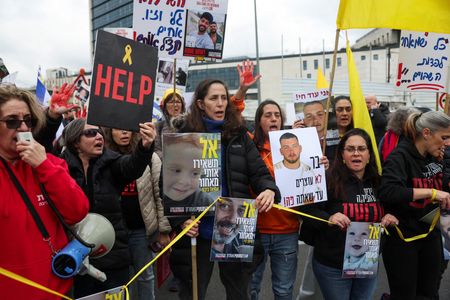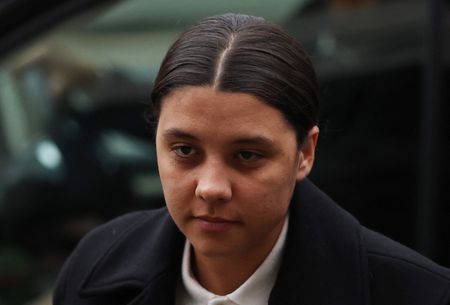By Muvija M
LONDON (Reuters) -The Church of England on Tuesday stopped short of backing a fully independent safeguarding model to deal with abuse cases, voting instead for an alternative option that critics say does not go far enough to quell public alarm over several past scandals.
The mother church for 85 million Anglicans worldwide has been engulfed in a crisis over safeguarding since former leader Justin Welby resigned over an abuse cover-up scandal in November. Media reports since have alleged more abuse within the institution.
In a crucial vote, the Church’s ruling body, the General Synod – gathering for the first time in London’s Westminster this week since Welby’s exit – backed by 392 to 9 a proposal that would transfer most of the staff employed by its National Safeguarding Team to an external body.
However, an amendment to pick that proposal for the time being while further work is carried out into total independence was passed 243 to 165, effectively stopping a second, tougher model from being put to a vote. The synod was expected to be given a vote on the second option as well.
Philip North, the bishop who submitted the amendment, called the option that would have transferred safeguarding staff from cathedrals and diocesan teams into an external body “eye-wateringly complex.”
“We have a habit … of voting on plans that are so ambitious that we struggle to deliver them … This amendment allows action and change now, not in several years’ time.”
Some synod members argued that the transfer of all safeguarding to an external body was an untested model, but victims of abuse who had gathered outside the meeting to lobby support for a fully independent model said the decision failed to change the status quo.
“This is incredibly disappointing,” said David Greenwood, a lawyer from Switalskis who represents church abuse victims and organised the protest. “This vote represents a rejection of secular standards in safeguarding and will lead to children continuing to be at risk in the church.”
Lead safeguarding bishop Joanne Grenfell, who commended the second model, said she recognised the “constrictive spirit” of the amendment and ruled out her support for it.
Martyn Snow, seen as a possible candidate to succeed Welby as the 106th Archbishop of Canterbury, had also backed the tougher model, saying it was the only way to “ensure a cultural reset and to rebuild trust.”
The wider public, increasingly less religious, has been highly critical, with nearly half now holding a negative view of the Church, which is still deeply ingrained in the British culture, most prominently through its ceremonial role in officiating royal events from weddings to coronations.
“The real risk is we will kick into the long grass independent operational safeguarding, never to be seen again,” Bishop Sarah Mullally said in her argument against the amendment, before it was passed.
(Reporting by Muvija M in London; Editing by Ed Osmond, Ros Russell and Matthew Lewis)

